 |
|
The Sterling Highway finally gets to where it’s going. And it’s not Sterling. It’s Homer. The highway sweeps down a hill along the bay, bypassing the older part of town, and runs on to the Homer Spit. Waves crash against the spit. Seagulls and eagles rise and fall. The wind blows. It’s another great summer day in Homer, Alaska, and all you’ve got to do is sit back and enjoy it. |
Homer mixes civic pride with an appreciation for art, culture and the great outdoors. After a day of exploring tidal pools, fishing, walking the beaches, or scouting for eagles in and around Homer or up the coast, you can spend an evening at a swank place in town. There are several very fine restaurants, art galleries, and often there are local cultural activities. Beyond its tourism aspect, Homer also functions as a fishing town and a major port for the Kenai Peninsula. |
If you haven’t gotten a salmon yet on your trip to Alaska, grab your pole and head for the Homer Fishing Hole at the end of the Homer Spit. NOTE: In the fishing regulations, this hole is called the Nick Dudiak Fishing Lagoon. |
The ocean dashes onto the rocks of the 5-mile long Homer Spit. A good bike trail along the road lets you enjoy the views of old boat yards and homes along the spit where local people have embedded large spruce trees upside-down in the sand. Bald eagles come to roost on the bare tree roots. The spit ends at a ferry dock and has places for visitors to camp in the warm summer breeze. Many businesses have booths on the spit, where you can contract just about any activity, from bear viewing to fishing to air charters. |
|
This is a good spot for finding shorebirds in May. There’s Kachemak Bay Shorebird Festival with speakers, workshops, bird walks and field trips to view birds. You can view sandpipers, yellowlegs, dowitchers, terns, cormorants, murrelets, snipe, tattlers and wigeons. Contact the Homer Chamber for more information.
|
Tidal Range Creates Biologically Rich Area
Kachemak Bay, in which Homer is located, has the second largest tides in the world. An average tide here is 15 feet. The difference between a very high tide and a very low tide is 28 feet. This creates strong tidal currents. You have to be careful when securing your boat. The large tidal range brings nutrients into the Kachemak Bay estuary. Outgoing tides pull freshwater sediments from the land, and incoming tides push in nutrients from the ocean. This makes a highly productive intertidal area with salt marshes and many species of marine life. The bay’s estuary is the largest estuary research reserve in America. You can get tide books at stores across Alaska. |
This Homer museum has information about the 6 Native cultures of the area. There’s also plenty about the sea, fishing, wildlife and Homer history. See the collection of 150 local plants in the extensive gardens outside. Behind the Pratt Museum, there’s the Harrington Cabin. It was home to a series of people arriving in Homer over the years. One of the problems of moving to rural Alaska, even today, is that there is often a shortage of housing. Stand outside the cabin and listen to actual audio narrations by long-time local residents, recalling their arrival and the time they spent in the Harrington Cabin. |
|
|||
|
|||
|
|||
|




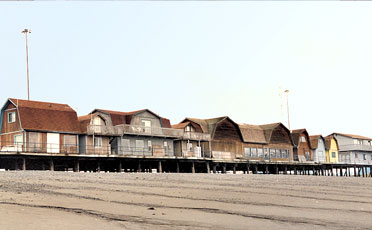 The Homer Spit
The Homer Spit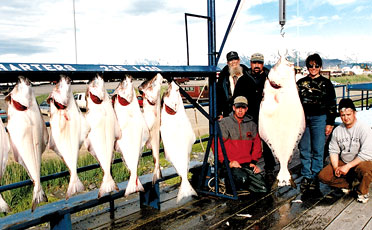

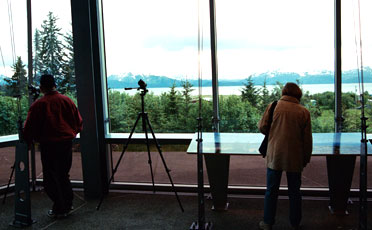

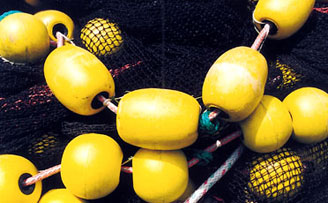
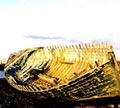 While in Homer, Don't Miss...
While in Homer, Don't Miss... 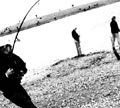 How
far is HOMER from
How
far is HOMER from 

